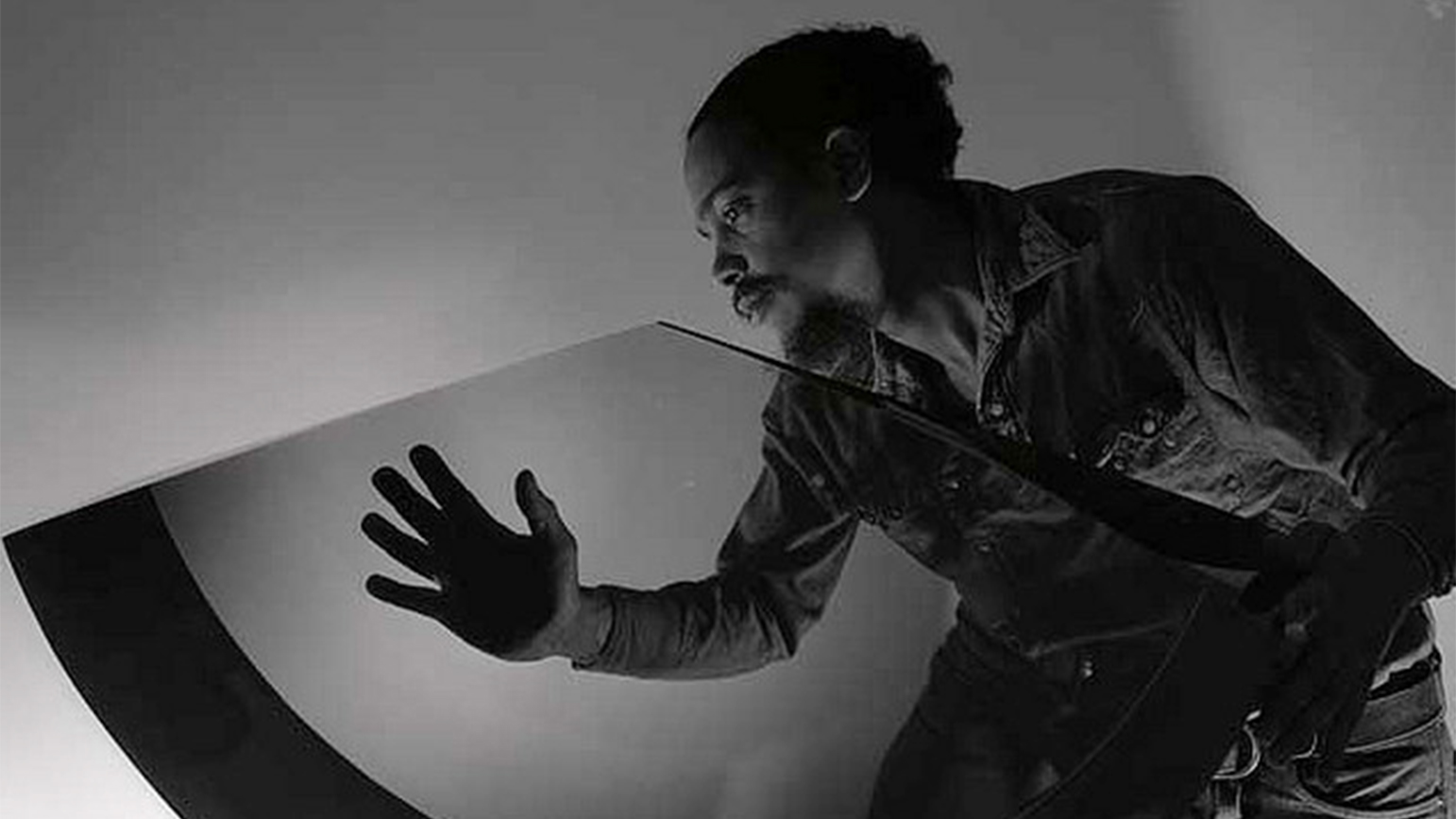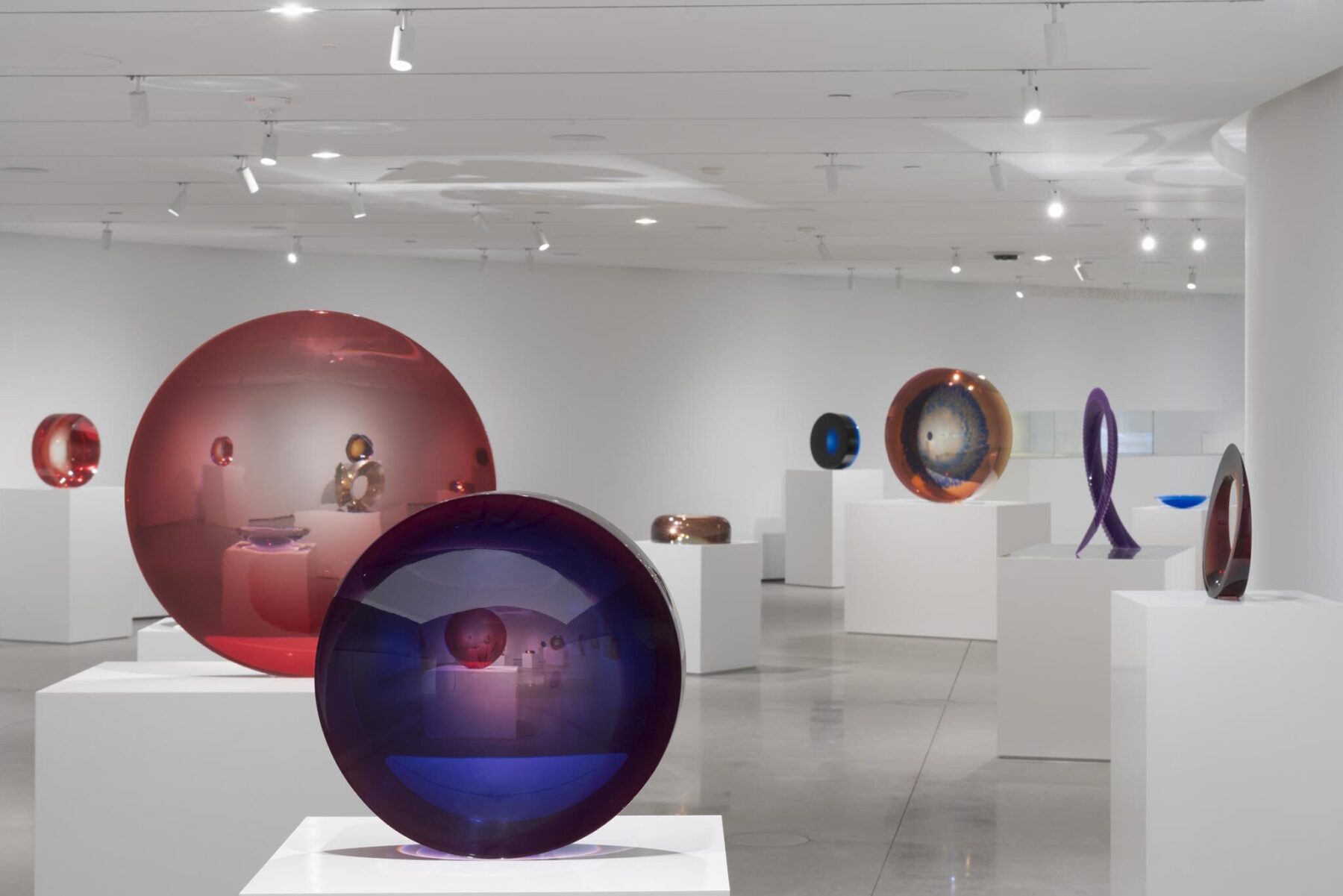
At the Carnegie Mellon University Commencement on May 14, the university will award an Honorary Doctor of Fine Arts Degree to Fred Eversley, a 1963 electrical engineering graduate of CMU. After a short stint as an engineer at an aerospace company—where his work helped prepare for the first moon landing—Eversley turned his focus to artmaking and became a pioneer of the Light and Space movement of the 1960s and 70s.
Eversley was the only Black engineering student at CMU, and after graduation, moved to Venice Beach, the only integrated beach community in LA. There, he met and became part of a community of artists including Larry Bell, James Turrell, Robert Irwin, John McCracken, and others. After a near-fatal accident following a late night at the office, he moved in with artist Charles Mattox and quit his job. While helping his artist friends solve technical problems in their work, Eversley began making his own sculptures.
He soon developed what would become his signature way of working, creating cast discs of resin in lens-like shapes, which are then highly polished to a luminous finish. These works combine his engineering background—through their use of non-traditional materials like polyester resin and industrial pigments—with his interest in energy, both in the scientific and metaphysical sense. Influenced by the New Age philosophies of the 60s and 70s and vibrancy of bohemian Venice Beach, Eversley’s work creates transcendental and mesmerizing experiences for viewers through their unique refractions of light and distortion of perspective. His works range in size from table-stop sculptures to large-scale public artworks.

Although Eversley had early success as an artist, receiving his first solo exhibition at the Whitney Museum of American Art in 1970, art historical scholarship has often ignored his work until recently. This literature has often pigeonholed Black artists, focusing only on those whose work centers on their racial identity.
Eversley’s recent solo exhibitions include the forthcoming retrospective at the Benton Museum of Art and a 2022 exhibition at the Orange Museum of Art. His work is in the permanent collection of more than 30 museums around the world including the Tate Modern in London; the Museum of Modern Art in New York; the K11 Art Foundation in Hong Kong; and the Los Angeles County Museum of Art.
“I recently met and spent time with Fred last Spring on an impromptu visit to his SoHo home and studio,” said Assistant Professor of Art Lyndon Barrois Jr., who nominated Eversley for the honorary degree. “While I had been familiar with his work for much longer than this, I was not aware that he went to ‘Carnegie Tech’, and I enjoyed the many memories and anecdotes he had to share about his time in Pittsburgh and beyond. I was also inspired by seeing his workspace. His studio operation is a refreshingly intimate laboratory of craft and research, that evidences years of in-house testing and refinement—not at all the outsourced fabrication that one might assume from such pristine objects. I’m thrilled that the university agrees with me that honoring him in this way is a no-brainer (and long overdue!), and I feel lucky to be here as it happens.”




